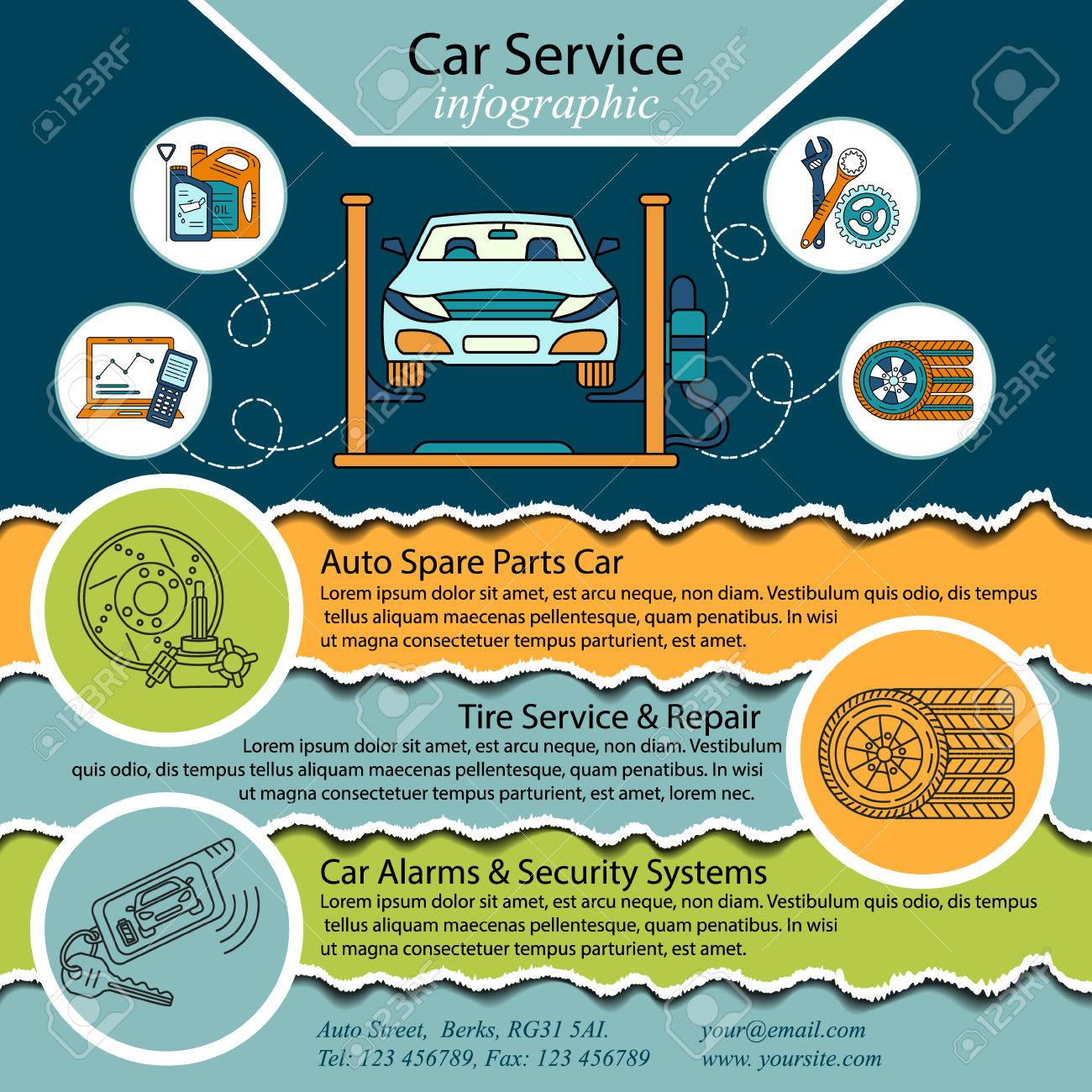Understanding The Actual Implications Of Caution Indicators In Your Vehicle
Understanding The Actual Implications Of Caution Indicators In Your Vehicle
Blog Article
Web Content Author-Kane Boyer
When you lag the wheel, those glowing caution lights on your control panel can be a bit perplexing. Do you know what they're attempting to tell you about your cars and truck's wellness? Understanding the relevance of these lights is crucial for your security and the longevity of your automobile. So, the next time among those lights pops up, wouldn't you want to understand its message precisely and take the required steps to resolve it?
Common Warning Lighting and Interpretations
Determine common caution lights in your auto and recognize their definitions to make certain risk-free driving.
The most typical caution lights consist of the check engine light, which indicates problems with the engine or emissions system. If this light begins, it's critical to have your car inspected promptly.
The oil pressure advising light indicates low oil pressure, requiring instant attention to stop engine damage.
A flashing battery light might recommend a malfunctioning billing system, possibly leaving you stranded if not addressed.
The tire pressure monitoring system (TPMS) light notifies you to reduced tire pressure, affecting automobile security and gas efficiency. Neglecting this could cause risky driving problems.
The ABS light shows a trouble with the anti-lock stopping system, jeopardizing your capacity to quit quickly in emergencies.
Lastly, the coolant temperature level advising light warns of engine getting too hot, which can cause severe damages if not dealt with promptly.
Comprehending these common warning lights will certainly help you deal with problems promptly and preserve risk-free driving conditions.
Significance of Prompt Interest
Understanding the common warning lights in your car is only the initial step; the significance of promptly resolving these cautions can't be emphasized enough to ensure your security when traveling.
When a caution light brightens on your control panel, it's your cars and truck's means of communicating a potential concern that needs focus. Ignoring these cautions can cause more extreme problems in the future, compromising your safety and security and potentially costing you extra out of commission.
Prompt interest to cautioning lights can avoid breakdowns and accidents. For instance, a flashing check engine light could indicate a misfire that, if left ignored, can cause damage to the catalytic converter. Resolving this without delay can save you from an expensive fixing.
Similarly, a brake system cautioning light might signal reduced brake liquid or used brake pads, vital components for your security when driving.
DIY Troubleshooting Tips
If you observe a caution light on your dashboard, there are a couple of DIY repairing tips you can attempt before looking for expert assistance.
The initial step is to consult your car's manual to understand what the certain caution light suggests. Often oil change can be as easy as a loose gas cap setting off the check engine light. Tightening the gas cap may settle the issue.
One more typical concern is a low battery, which can activate numerous advising lights. Inspecting the battery connections for corrosion and guaranteeing they're protected could deal with the trouble.
If a caution light lingers, you can try resetting it by disconnecting the vehicle's battery for a couple of minutes and afterwards reconnecting it. Furthermore, inspecting your car's liquid levels, such as oil, coolant, and brake fluid, can help troubleshoot cautioning lights connected to these systems.
Final thought
In conclusion, comprehending your car's warning lights is essential for keeping your car running smoothly and safely. By immediately addressing these notifies and recognizing what they imply, you can stay clear of expensive repair work and potential malfunctions.
Keep in related web-site to consult your car's guidebook for specific information on each cautioning light and act accordingly to make sure a trouble-free driving experience.
Remain educated, stay risk-free when traveling!
